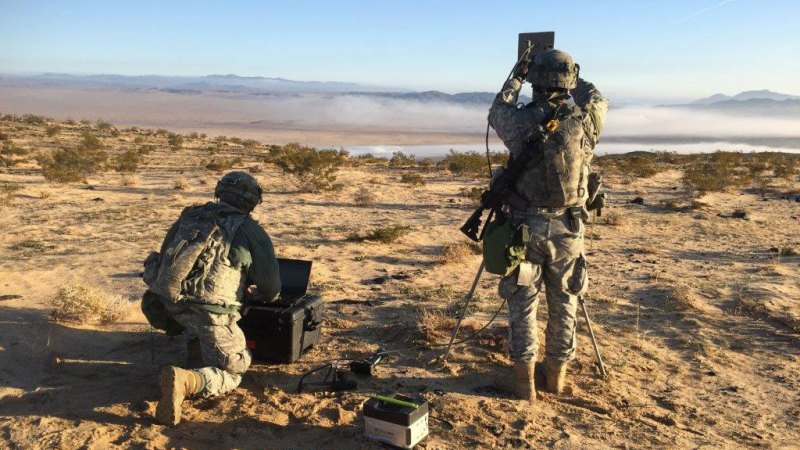
The U.S. Army could waste up to $21.88 billion in taxpayer funds to field augmented reality (AR) headsets that soldiers may not even want or use, according to a new watchdog report from the Department of Defense Office of Inspector General (OIG).
The Army awarded Microsoft the Integrated Visual Augmentation System (IVAS) headset contract in March 2021, which is worth up to $21.88 billion. The headsets are based on Microsoft’s HoloLens technology and use Microsoft’s Azure cloud services to operate them.
According to the DoD OIG, the Army assessed the AR headsets and soldier experience through surveys to evaluate “user acceptance” of the new technology, and then Army testing officials made changes to the IVAS system based on the results from those surveys.
However, the OIG found the Army failed to “define minimum user acceptance levels to determine whether IVAS would meet user needs.”
“This occurred because Army policy did not require program officials to define suitable user acceptance levels,” the report says. “Procuring IVAS without attaining user acceptance could result in wasting up to $21.88 billion in taxpayer funds to field a system that soldiers may not want to use or use as intended.”
The IVAS headset has been lauded by Army Chief of Staff Gen. James McConville as a technology that will “transform how our soldiers operate.” However, the OIG warned that the Army must evaluate whether IVAS meets soldier needs to “ensure that the Army only procures systems that close combat forces will use.”
The OIG made three recommendations to the Army. The first is to develop agency?wide policy that requires program officials to define “suitable user acceptance measurements for testing and evaluation.” Then the OIG also recommended the Army define clear measures of user acceptance levels “before Soldier Touch Point?5 testing of IVAS.”

The final recommendation is to verify whether the Program Executive Office Soldier “meets established user acceptance measures and addresses soldier?identified issues before IVAS production.” Although the Army has delayed the headsets’ initial rollout date, it plans to have the first unit equipped with the IVAS headsets in September.
Douglas Bush, the assistant secretary of the Army (acquisition, logistics, and technology), disagreed with the OIG’s recommendation that the Army should develop agency-wide policy for testing and evaluation, arguing that such policy “already exists.”
The DoD OIG requested Bush “reconsider his position on the recommendation” and offer comments on the final report.
Bush partially agreed with the recommendation to “define” clear measures of user acceptance levels before Soldier Touch Point?5 testing of IVAS. He requested the OIG revise the recommendation to instead say “explain” the clear measures of user acceptance levels.
The OIG also requested Bush reconsider his position on this recommendation, arguing that officials must define the measures as well as explain them.
Bush concurred with the final recommendation.
